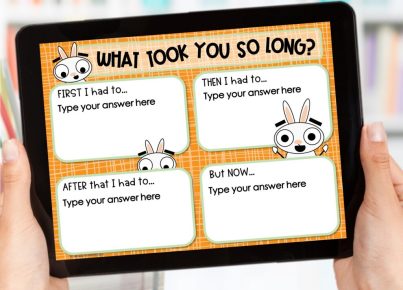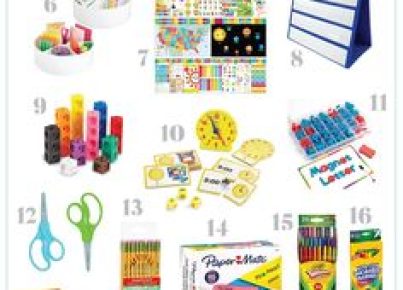In the current digital era, online classes have become a trend in the educational sector. As technology advances, the mode of learning is shifting online, and learners can access education from anywhere and at any time. For institutions and educators to ensure higher engagement and retention levels, they must design online classes that are user-friendly, interactive, and engaging. With these essential features, learners can stay focused, motivated, and interested in the course content, leading to a higher retention rate. This article provides the guidelines that institutions and educators need to consider in designing online classes for higher engagement and retention.
1. Understand your learners
In designing online classes, it is essential to understand your target audience, their learning needs, and their preferred learning style. It would be best to get to know their profiles, such as their language, age, and background, to enable you to design online courses that cater to their needs. Understanding your learners will help you create engaging content and incorporate activities that match their learning styles.
2. Use Interactive Tools and Activities
Online classes designed with interactive tools and activities enhance the engagement and retention of learners. Integrating group discussions, brainstorming, and problem-solving activities through online forums and chat rooms can encourage students’ participation, knowledge sharing and interaction. Interactive quizzes and games can evoke a sense of competition and motivate students to learn. Creating interactive videos, webinars, and demonstrations increase students’ motivation levels and attention span, preventing boredom in online classes.
3. Create a User-Friendly Course Design
The interface of the online course must be user-friendly and easy to navigate. The course design should be highly structured with a clear topic outline that is easy to follow. Use of multimedia- graphics, images, audio, and video- to provide various options for learners to engage and interact with the course content. The course website needs to be accessible and compatible with various web browsers and devices, allowing students to access the course conveniently and on time.
4. Encourage Collaborative Learning
Collaborative learning involves students working together to accomplish tasks, brainstorm, and solve problems. The idea of working together promotes a sense of community, encourages active participation, and improves the ability to retain information. You can incorporate group projects, peer-to-peer reviews, and team-based activities to encourage collaboration and improve retention levels.
5. Provide Regular and Timely Feedback
Instructors must provide timely feedback on students’ progress, submissions, and class participation. Feedback is a motivational tool that helps students know areas they need to improve and reassures them of their strengths. Moreover, feedback helps instructors to understand learners’ preferences and adjust the course design accordingly. Incorporating email, online chat, and video conferencing to provide feedback can enhance interaction between the learners and the instructors.
In conclusion, creating a user-friendly online course design using interactive tools and activities to encourage participation and interaction, understanding your audience, promoting collaborative learning, and providing timely feedback are essential elements in enhancing engagement and retention. Following these guidelines will help educators and institutions in designing online classes that mold learners’ success and improve their overall experience.




